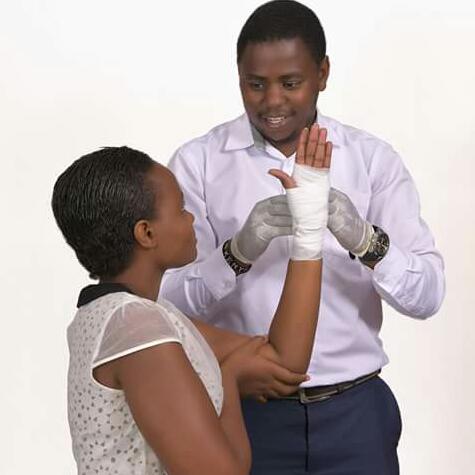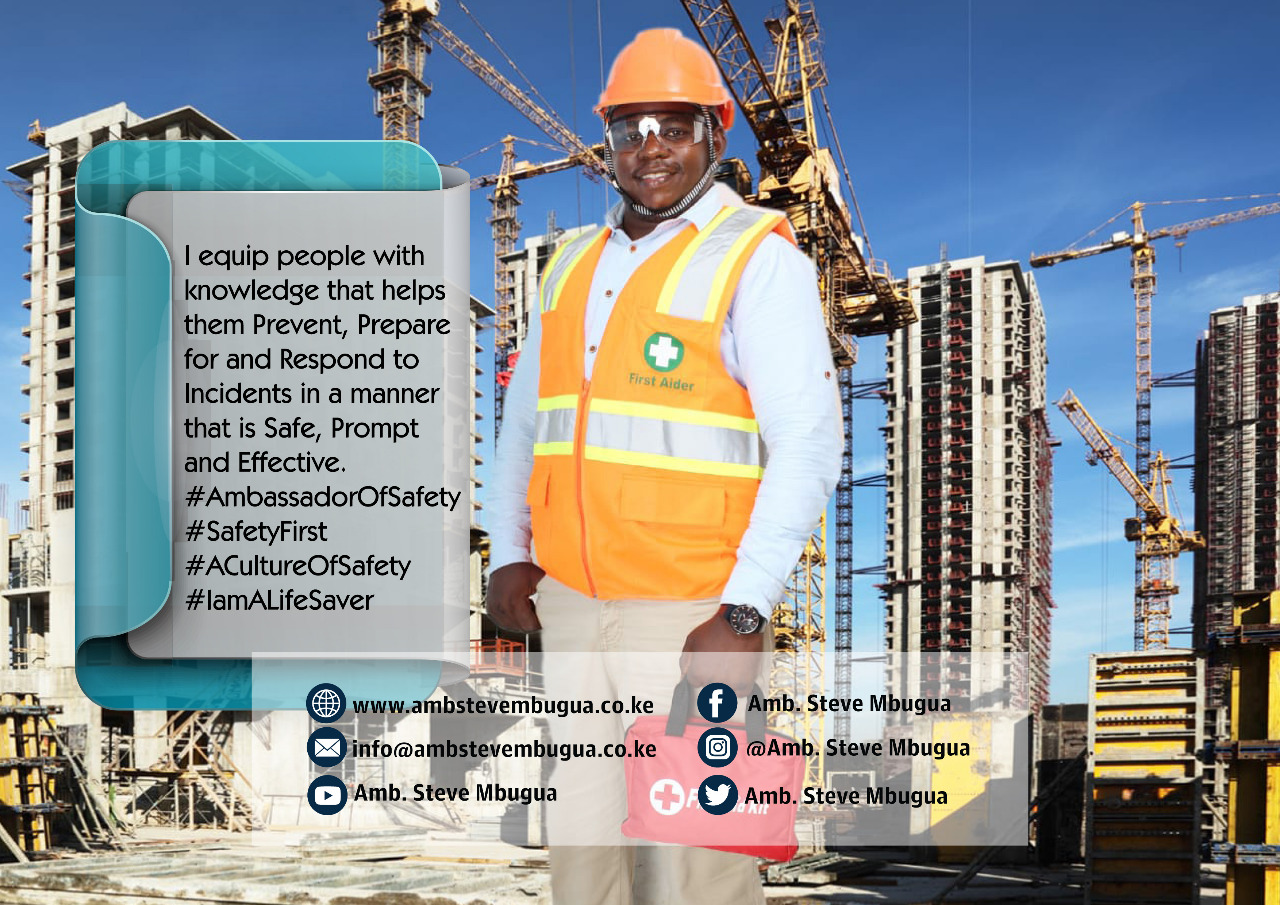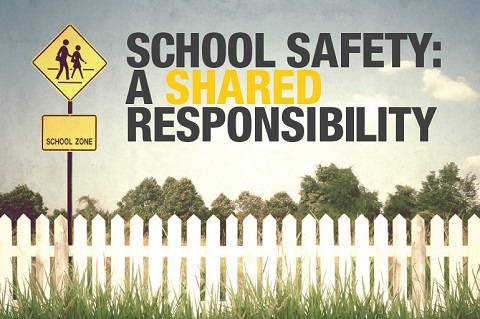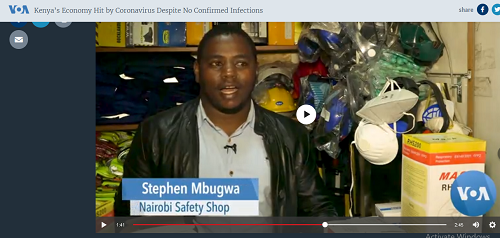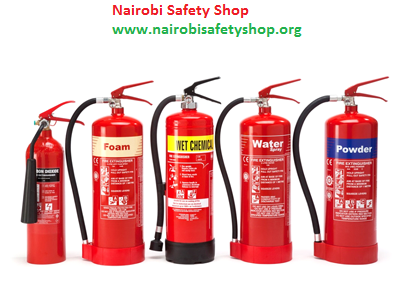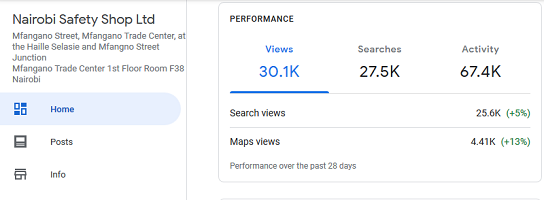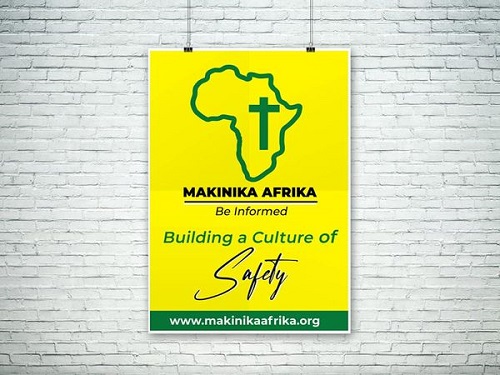School safety is a critical concern that impacts the well-being and success of students, teachers, and staff. As Ambassador Steve Mbugua, the globally recognized Ambassador of Safety, I am dedicated to advancing safety measures and protocols within educational institutions. In this article, we explore essential strategies for ensuring school safety, including emergency preparedness, bullying prevention, secure campus environments, and health and wellness programs. By prioritizing school safety, we can create a nurturing and secure environment where students can learn and thrive. Let us examine the key components of effective school safety management and work towards building safer educational settings for everyone.
School safety encompasses a comprehensive approach to ensuring the physical, psychological, and emotional well-being of students, staff, and visitors within educational environments. It involves the identification, assessment, and mitigation of potential risks to create a secure learning environment conducive to academic achievement and personal development.
Introduction to School Safety
School safety is a critical concern for educators, parents, and communities, aiming to protect students and staff from various hazards, including accidents, violence, and emergencies. Effective school safety programs integrate proactive measures, emergency preparedness, and community involvement to foster a culture of safety and resilience.
Different Accidents, Incidents, Illnesses, and Near Misses Relating to School Safety
1. Slips, Trips, and Falls: Common accidents due to wet floors, cluttered walkways, or inadequate lighting.
2. Playground Injuries: Falls from equipment, collisions during activities, or equipment malfunctions.
3. Sports-Related Injuries: Sprains, fractures, or concussions during physical education classes or sports events.
4. Foodborne Illnesses: Outbreaks due to improper food handling or contamination in cafeterias.
5. Bus Accidents: Collisions, mechanical failures, or emergencies during transportation.
6. Fire Drills: Practicing evacuation procedures to prepare for potential fires.
7. Severe Weather Emergencies: Tornadoes, hurricanes, or floods affecting school safety and evacuation.
8. Lockdowns: Procedures to secure the school during threats of violence or intrusions.
9. Health Emergencies: Allergic reactions, asthma attacks, or sudden illnesses requiring immediate medical attention.
10. Cybersecurity Incidents: Data breaches, cyberbullying, or inappropriate online behaviors affecting students.
11. Physical Altercations: Fights or conflicts among students requiring intervention and resolution.
12. Chemical Spills or Hazards: Accidental spills or exposures to hazardous materials in science labs or storage areas.
Latest Trends in School Safety
1. Security Technology Integration: Use of surveillance cameras, access control systems, and visitor management software.
2. Bullying Prevention Programs: Implementation of anti-bullying policies, peer mediation, and counseling services.
3. Mental Health Support: Resources for student mental health, counseling services, and crisis intervention teams.
4. Active Shooter Preparedness: Training drills, crisis response protocols, and school resource officer programs.
5. Emergency Communication Systems: Instant alerts, mobile apps, and digital platforms for communication during emergencies.
6. Social-Emotional Learning: Curriculum integration to promote empathy, resilience, and conflict resolution skills.
7. Crisis Intervention Teams: Trained personnel to handle emotional crises and provide immediate support.
8. Safety Committees: Collaborative groups involving staff, students, and parents to address safety concerns.
9. Community Partnerships: Engagement with law enforcement, health agencies, and community organizations for safety initiatives.
10. Environmental Sustainability: Eco-friendly practices, energy efficiency, and school infrastructure improvements.
11. Cultural Competence Training: Understanding diverse backgrounds and promoting inclusivity in safety measures.
12. Virtual Safety Measures: Remote learning protocols, cybersecurity awareness, and digital citizenship education.
School Safety Audits and Inspections
1. Facility Assessments: Evaluating building structures, grounds, and safety features for compliance and potential hazards.
2. Security Assessments: Reviewing security protocols, emergency response plans, and access control measures.
3. Health and Safety Checks: Inspecting classrooms, laboratories, playgrounds, and common areas for cleanliness and safety hazards.
4. Fire and Life Safety Inspections: Compliance with fire codes, emergency exits, fire alarms, and extinguisher maintenance.
5. Weather Preparedness Evaluations: Assessing readiness for severe weather events, including shelter areas and communication plans.
6. Crisis Drill Evaluations: Monitoring effectiveness of lockdowns, evacuations, and reunification procedures through drills and simulations.
7. Food Service Inspections: Ensuring proper food storage, preparation, and hygiene practices in school cafeterias.
8. Transportation Safety Reviews: Assessing bus fleets, driver training, routes, and emergency response protocols.
9. Digital Safety Audits: Reviewing cybersecurity measures, data privacy policies, and online safety practices.
10. Environmental Health Assessments: Indoor air quality, pest control, and chemical management in educational settings.
11. Accessibility Assessments: Ensuring facilities and resources are accessible for students with disabilities.
12. Compliance with Laws and Regulations: Adherence to federal, state, and local regulations regarding school safety, health, and education.
School Safety Training
1. Emergency Response Training: Educating staff and students on protocols for fires, lockdowns, severe weather, and medical emergencies.
2. CPR and First Aid Certification: Training in lifesaving techniques for staff and older students.
3. Bullying Prevention Workshops: Strategies for recognizing, reporting, and preventing bullying behaviors.
4. Conflict Resolution Skills: Teaching students and staff effective communication and mediation techniques.
5. Mental Health Awareness: Recognizing signs of distress, promoting help-seeking behaviors, and providing support.
6. Active Shooter Drills: Practice scenarios to prepare staff and students for potential threats.
7. Digital Citizenship: Teaching safe and responsible use of technology, including cyberbullying prevention and online privacy.
8. Safety Leadership Training: Empowering administrators and faculty to lead safety initiatives and crisis management.
9. Fire Safety Education: Fire prevention, evacuation procedures, and fire extinguisher use demonstrations.
10. Bus Safety Training: Rules, emergency evacuation procedures, and behavior expectations for bus riders.
11. Environmental Safety Training: Handling chemicals, lab safety, and environmental protection practices.
12. Cultural Competency Training: Understanding diverse backgrounds, addressing biases, and promoting inclusive environments.
School Safety Installations
1. Security Cameras: Surveillance systems to monitor entrances, hallways, and critical areas.
2. Access Control Systems: Electronic locks, keycards, or biometric scanners to restrict building access.
3. Visitor Management Systems: Check-in procedures and badges for authorized school visitors.
4. Emergency Alert Systems: Instant notification systems for staff, students, and parents during emergencies.
5. Fire Alarms and Extinguishers: Strategically placed alarms and accessible fire extinguishers with regular maintenance.
6. Emergency Lighting: Backup lighting systems and illuminated exit signs for safe evacuation.
7. Safety Signage: Clear signage for emergency exits, hazards, and procedural instructions.
8. Lockdown Devices: Classroom door locks or barricade devices for securing rooms during emergencies.
9. Medical Response Equipment: Automated external defibrillators (AEDs), first aid kits, and medical supplies.
10. Severe Weather Shelters: Designated areas for shelter during tornadoes, hurricanes, or severe storms.
11. Playground Safety Features: Impact-absorbing surfaces, age-appropriate equipment, and regular inspections.
12. Digital Safety Tools: Filtering software, firewalls, and cybersecurity measures to protect digital resources.
School safety is essential for fostering a secure and supportive learning environment where students can thrive academically, socially, and emotionally. By implementing proactive measures, conducting regular assessments, providing comprehensive training, and engaging the community, schools can effectively mitigate risks and ensure the safety and well-being of everyone in their care. Continuous evaluation, adaptation to new challenges, and collaboration with stakeholders are crucial for maintaining a culture of safety that supports educational excellence and student success.
In conclusion, school safety is a fundamental aspect of creating a positive and secure learning environment. As the Ambassador of Safety, I have emphasized the importance of implementing comprehensive safety measures, including emergency preparedness, bullying prevention, and maintaining secure campus facilities. By adopting these strategies, schools can safeguard students, staff, and visitors, ensuring a safe and conducive learning atmosphere. Let us commit to advancing school safety and collaborate to foster educational environments where safety and well-being are top priorities. Embracing these practices not only enhances the security of our schools but also supports the overall success and development of our students.
READ MORE
School Safety Video
Conducting School Safety Workshop
Largest School Safety Equipment Shop
Building A Culture Of Safety








